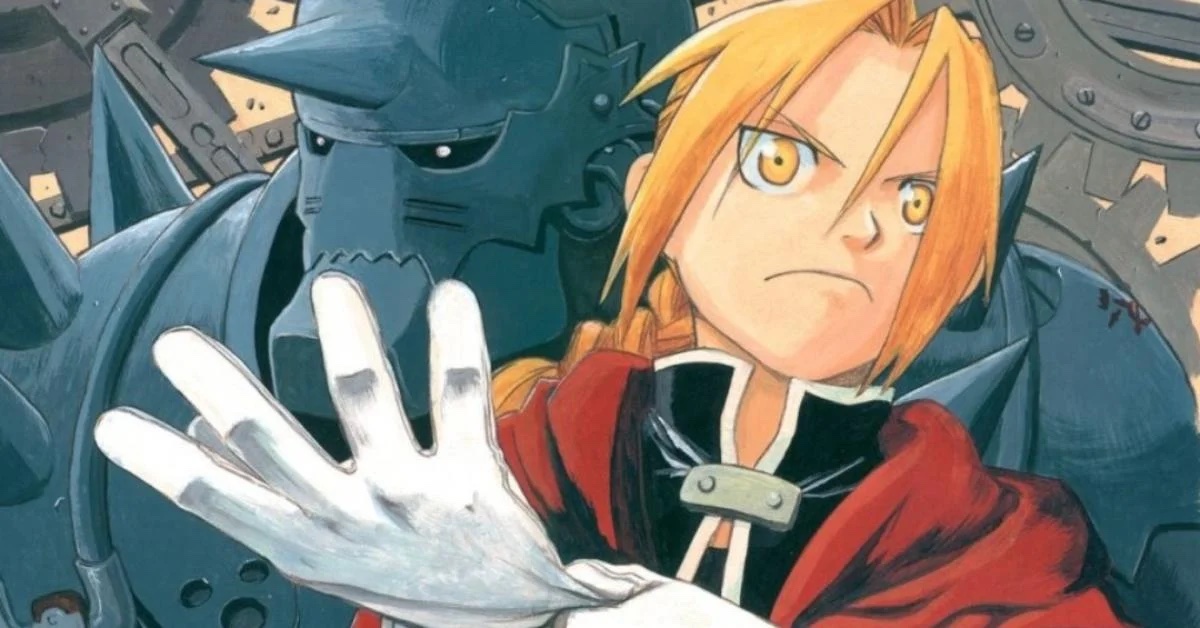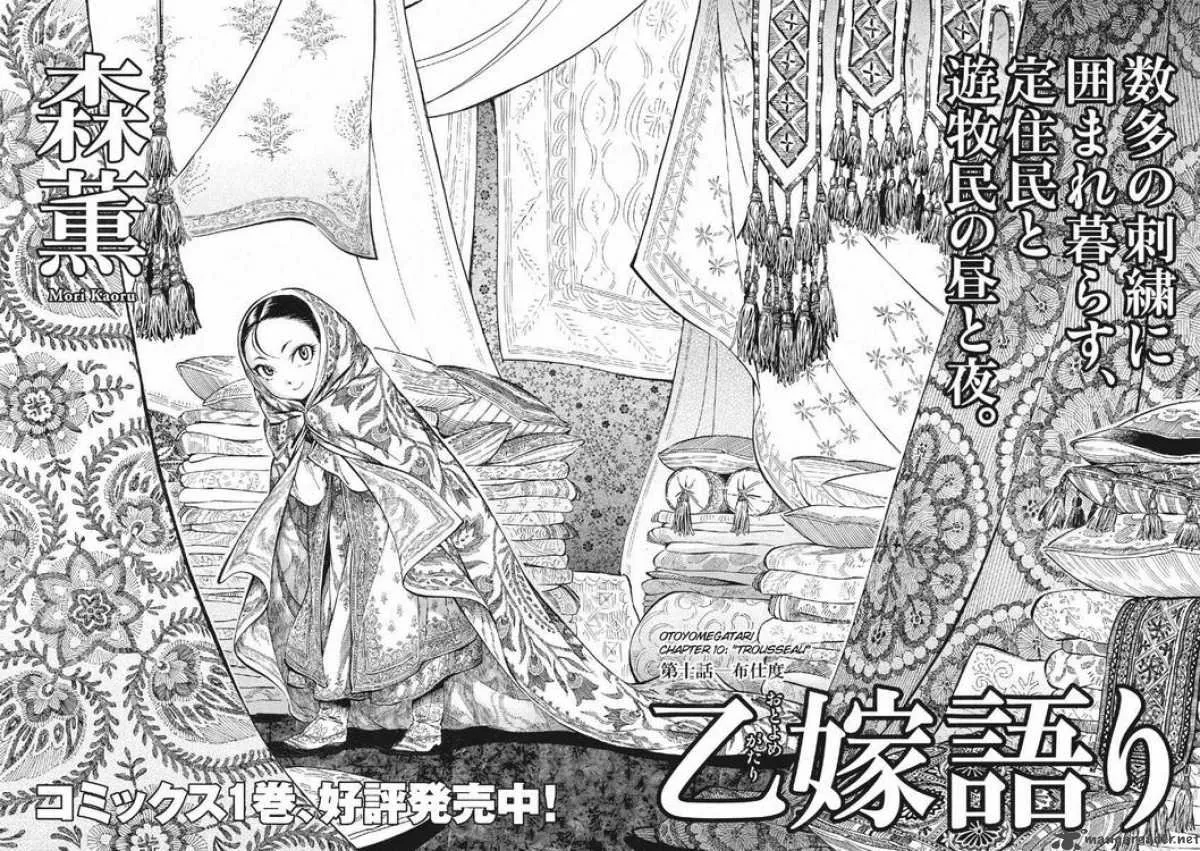A Guide To Exploring Manga, Manhua, Manhwa, and Everything in Between
They're the same, but not quite.

Let me tell you a tale as old as time: I was returning home from middle school when my friends and I decided to check out our local comic book store. I exited that place with the first three Pretty Guardian Sailor Moon volumes—which smelled like cigars because the shop owner always had one lit no matter how illegal it was. Some 20 years later, I have four shelves dedicated to manga of all kinds, and I don’t see that collection getting smaller anytime soon.
It’s safe to say that I’m a very happy manga enthusiast, and over the years I’ve branched out from exclusively Japanese content to media hailing from other parts of Eastern Asia—for newer readers, this is where the vocabulary might get a little confusing. Like, there are manga, sure, but then there are also manhwa? Are they the same? And what about manhua?
While it definitely seem overwhelming at first, once you get your bearings around a couple of key terms, you’ll find that you can easily navigate most fandom and communities. And that’s true for pretty much everything—so here’s a quick guide to the various definitions of Eastern Asia comics and webcomics. Strap in.
It all starts with manhua
While we can all agree that manga is best-known worldwide and most popular with the general public, the first word of the three to appear was actually manhua—used in the 18th century to describe Chinese ink-wash painting.
The root of the word “manhua” was then transposed into Japanese to create the word “manga,” which then got reintroduced into the Chinese language in the modern sense it has now acquired—which took precedence over all other meanings of the word. Manhua became the word used to describe all forms of comics and graphic novels written in the Chinese language and produced in both China and Taiwan.
The person who creates manhua is known as manhuajia. While there are many variations of manhua, of course, there are also some common characteristics found in most of them—like full-color panels, which sets them apart from their Japanese counterparts, which are usually in black-and-white.
The ever-popular manga
Manga really doesn’t need much introduction; the term is widely known throughout the world, and refers to comics produced in Japan and written in Japanese by a person referred to as mangaka.
They’re typically printed in black-and-white, more often than not to make the printing process quick and more affordable, and also, of course, to highlight the mangaka’s art style. Manga are read from right to left rather than from left to right as one would an English book or comic. Manga are usually first serialized over medium-to-long periods of time in genre-specific magazines—and that’s where the definitions of shōnen, shōjo, seinen, and josei usually come into play.

These are the four main editorial categories for manga, which indicate the target audience of a certain story: shōnen are intended for young boys, shōjo for young women, seinen for young adults and adult men, and josei for young adults and adult women. These are just very broad definitions, of course, and everyone ultimately reads whatever genre they’re into.
The physical form in which we’re most used to seeing manga is that of the paperback volume called tankōbon, which collects several chapters previously published in magazines. And as we all know very well, particularly popular manga can be animated into anime, either while they’re still being published or after the story is done.
Still, the term is simplified when traveling outside of Japan. Within the country, “manga” refers to all forms of cartoons and comics rather than just the “typical” manga (e.g., Naruto) we’re used to seeing in the English-speaking world. For example, the celebrated Hokusai Manga are a collection of sketches from the famous artist Hokusai.
Don’t forget the manhwa
Heavily influenced by manga and written with the same characters used for the Chinese manhua, manhwa are comics, both in print and online, produced in South Korea and written in the Korean language. They are particularly popular as online webtoons, with many of them having been turned into successful K-Dramas due to the original story’s popularity both in South Korea and abroad—as is the case with True Beauty and Business Proposal.
When they are published online, manhwa are usually presented in full color, but they are more often in black-and-white when printed on paper. Unlike their Japanese inspiration, manhwa are read in the same directions as English books and comics, since Korean is usually written from left to right. The creator of a manhwa is called a manhwaga.
(featured image: Square Enix)
Have a tip we should know? [email protected]